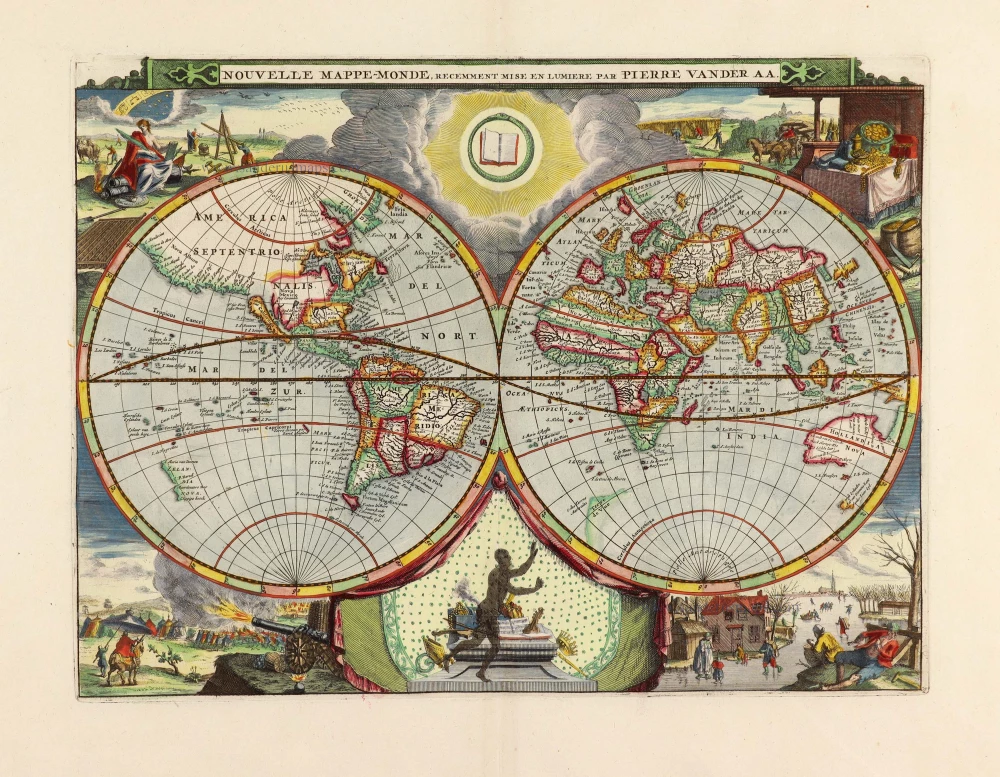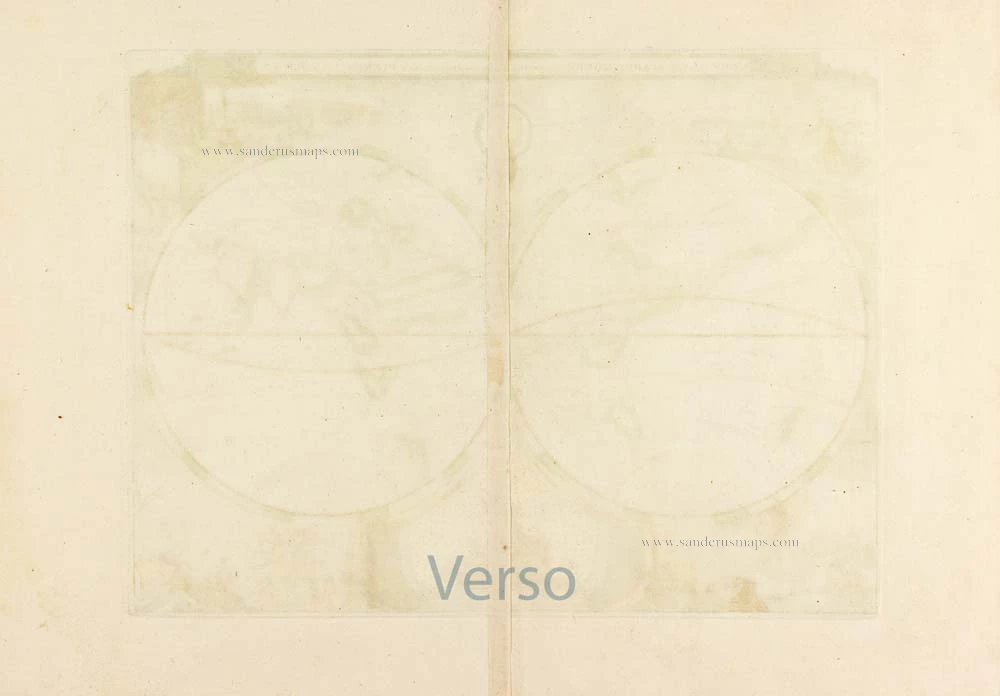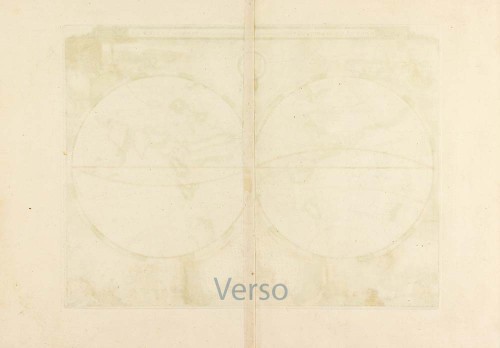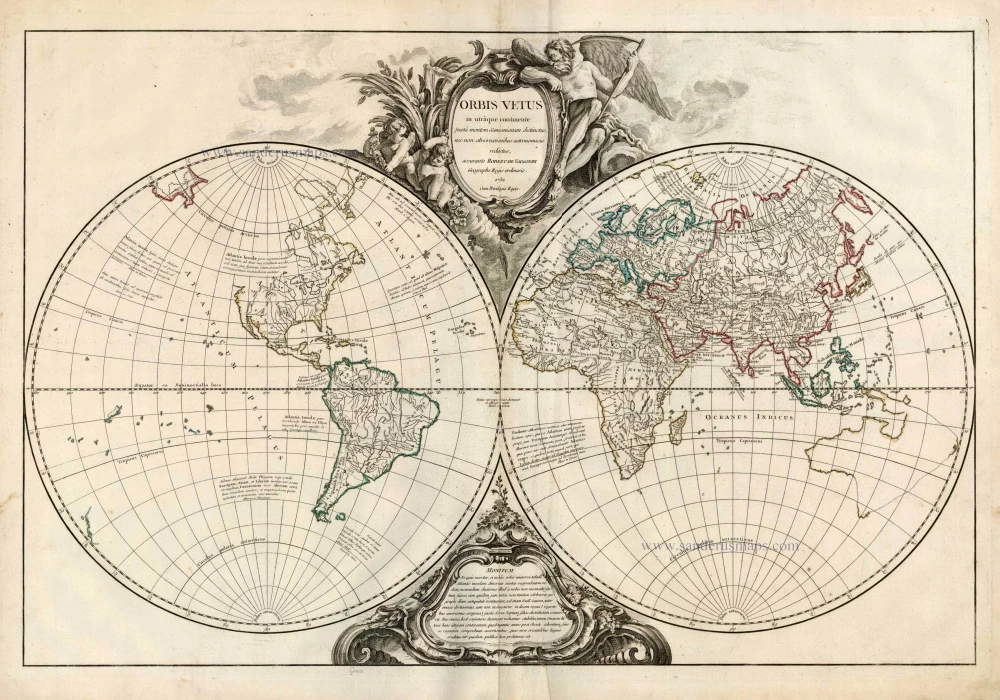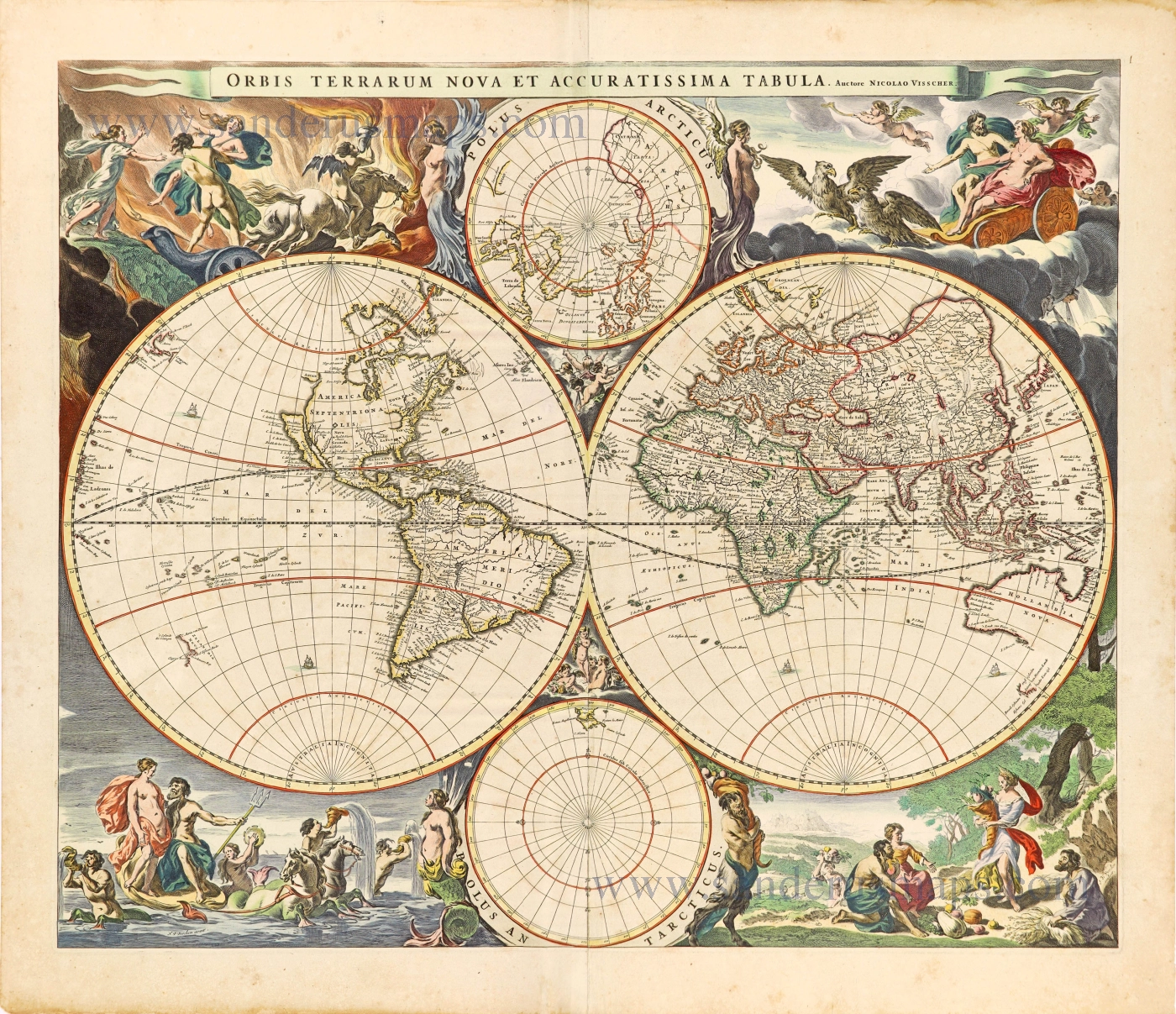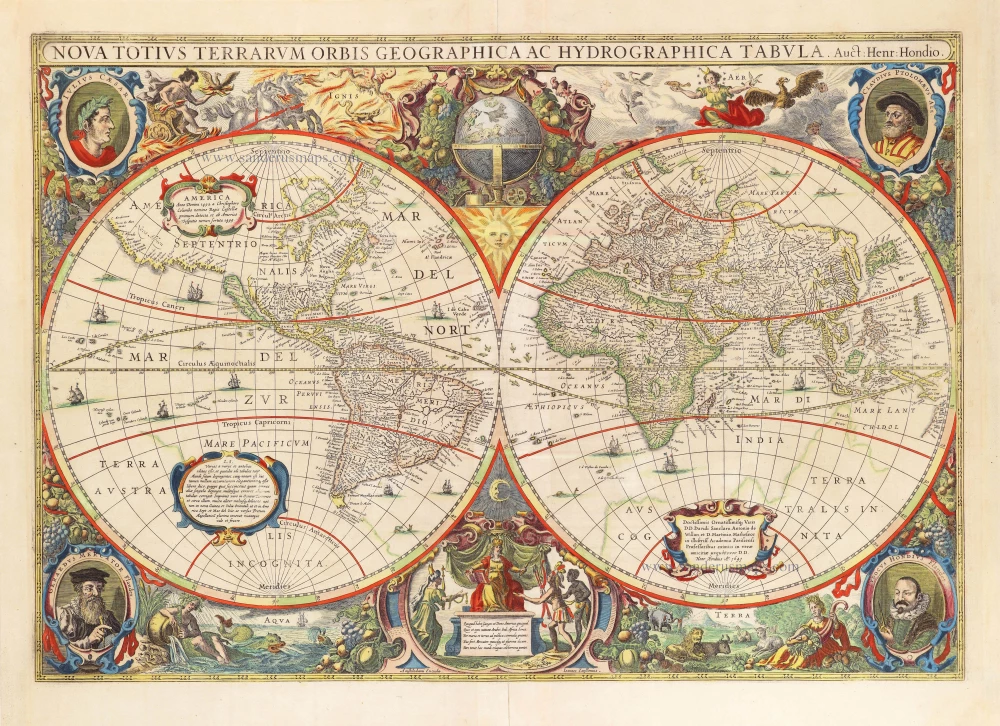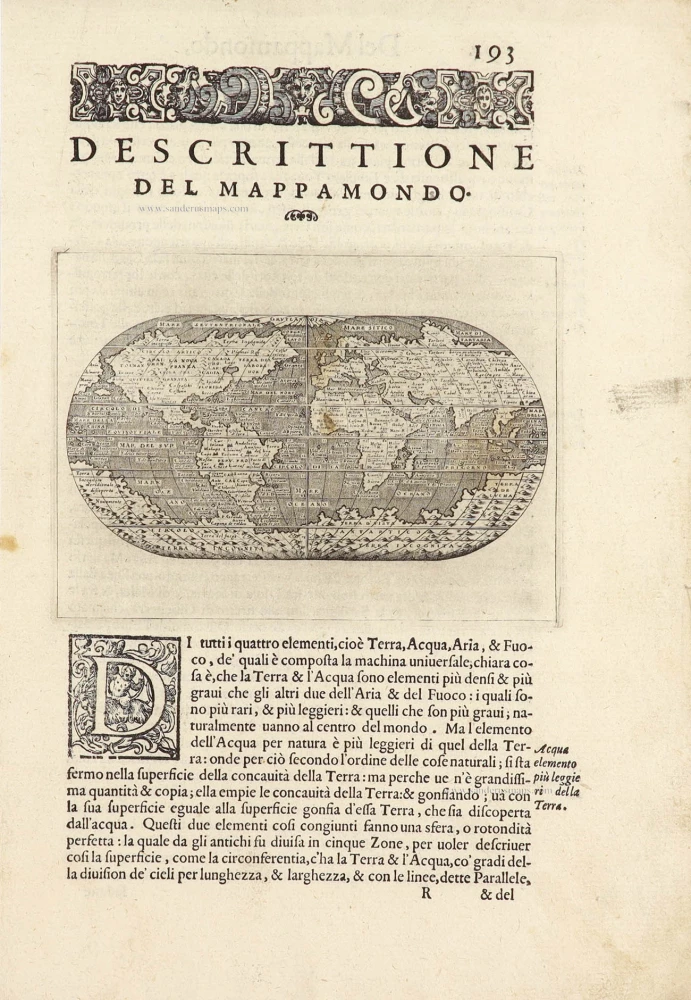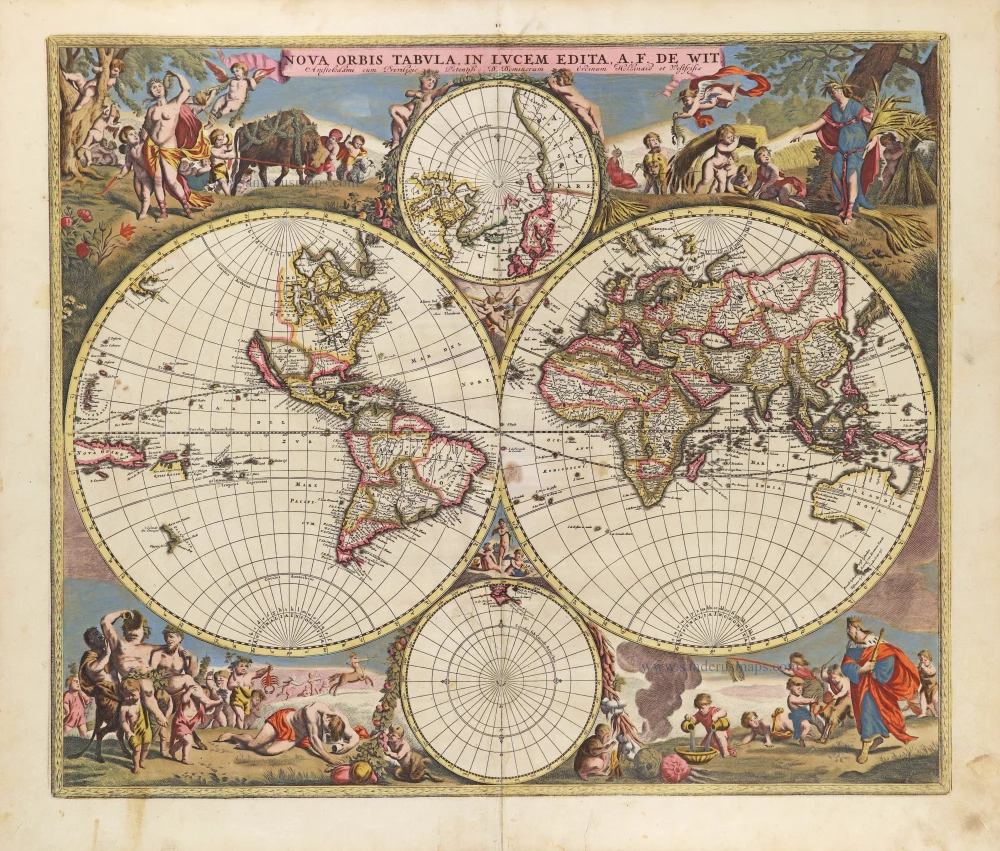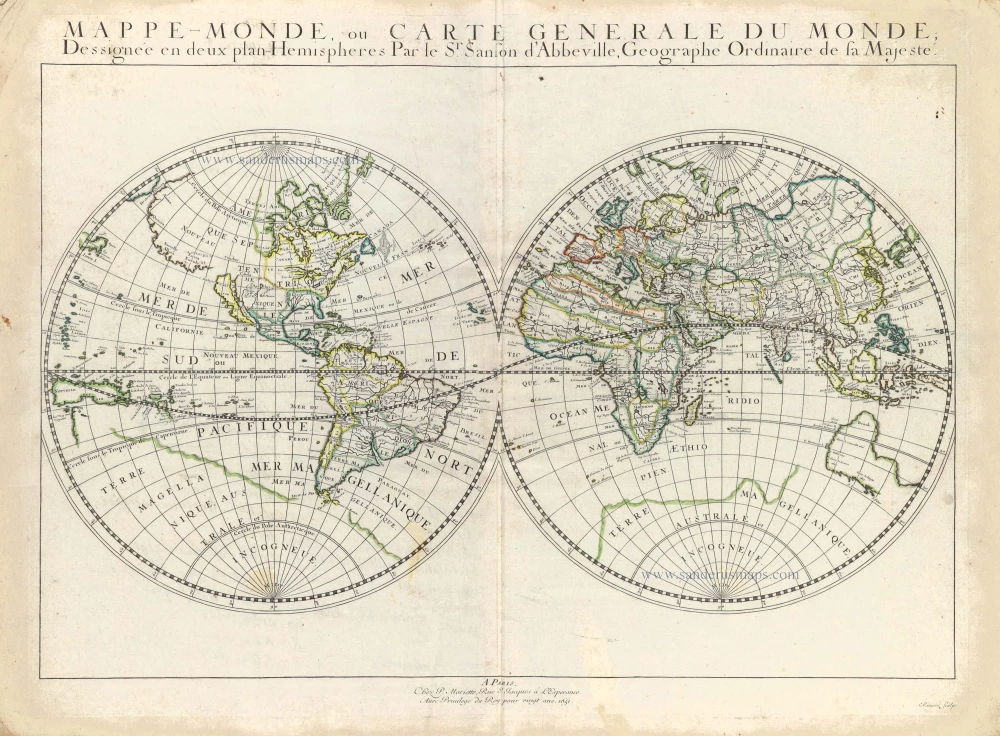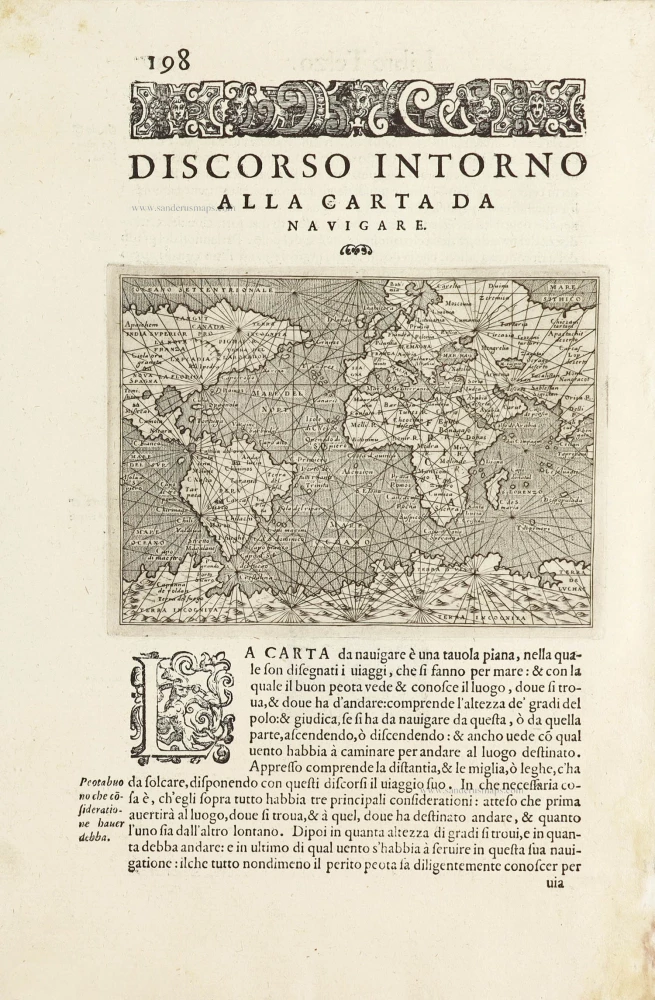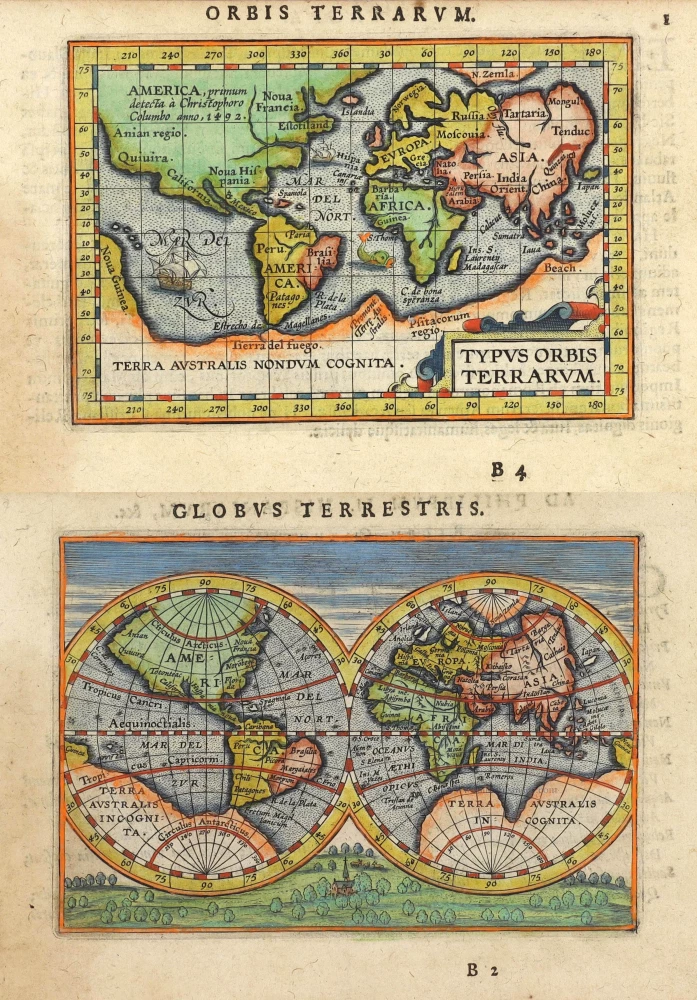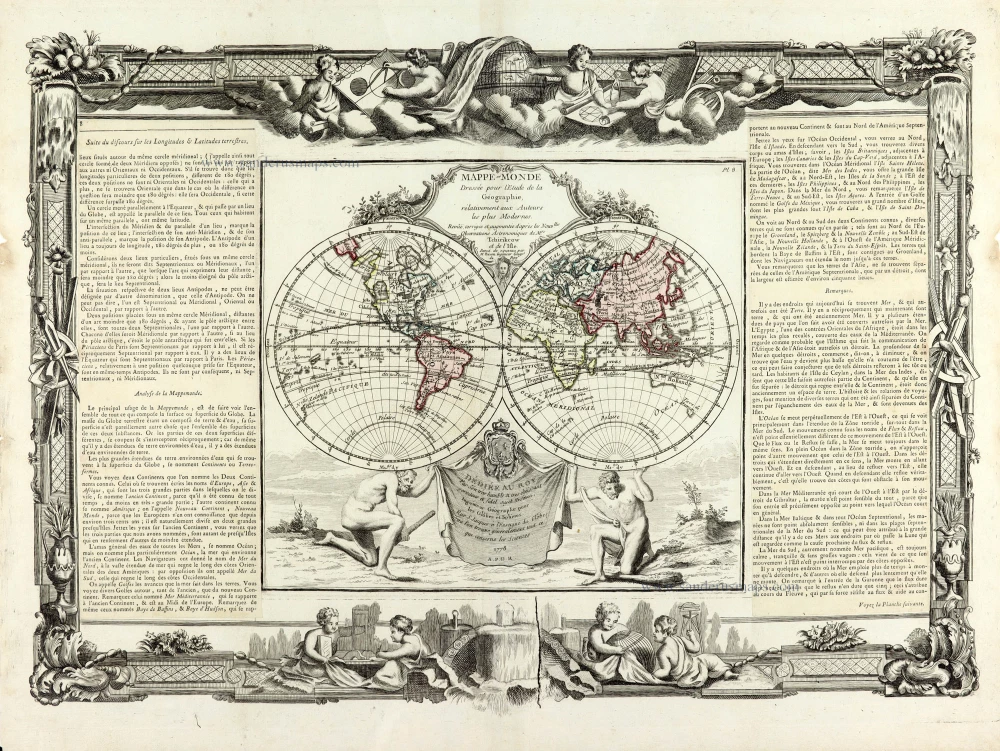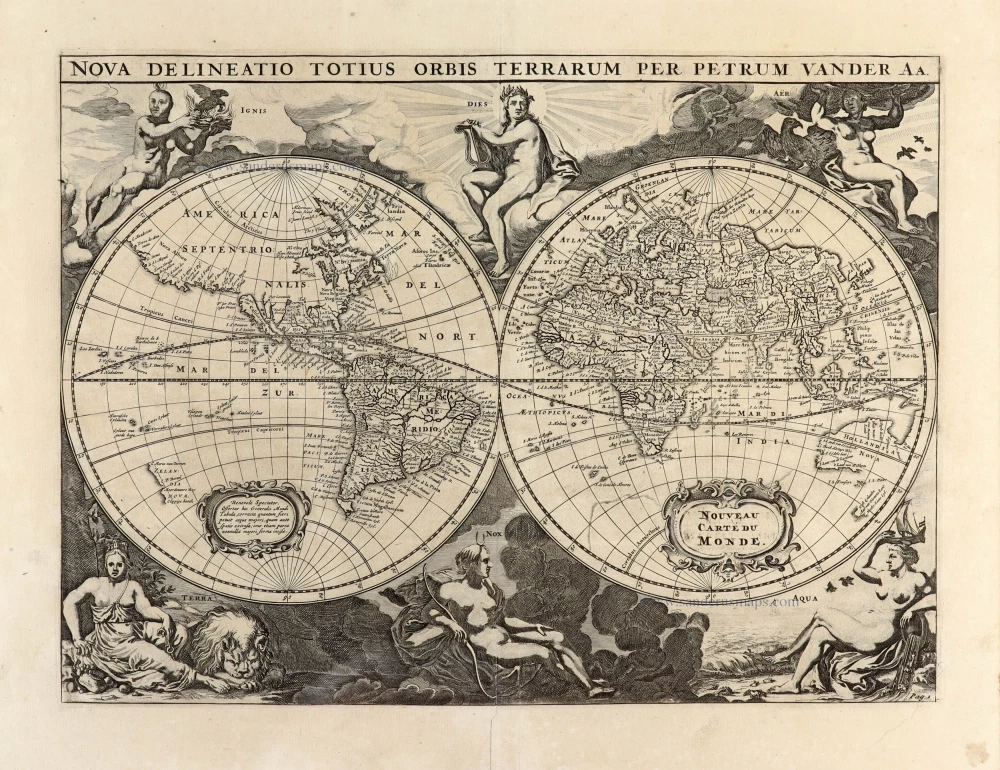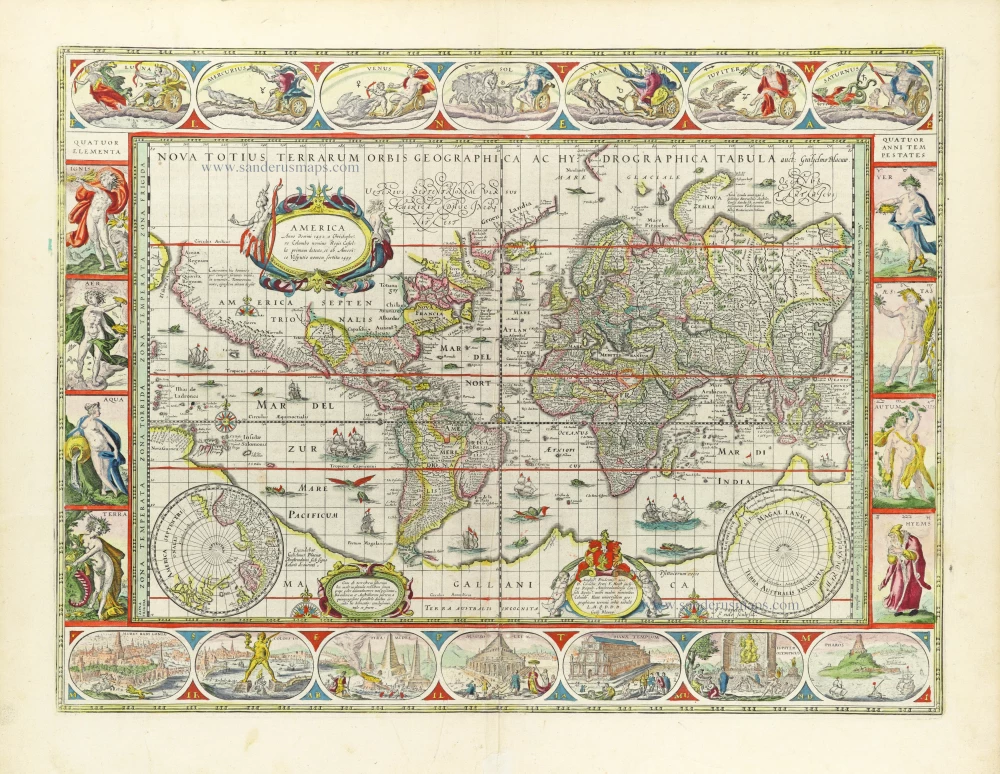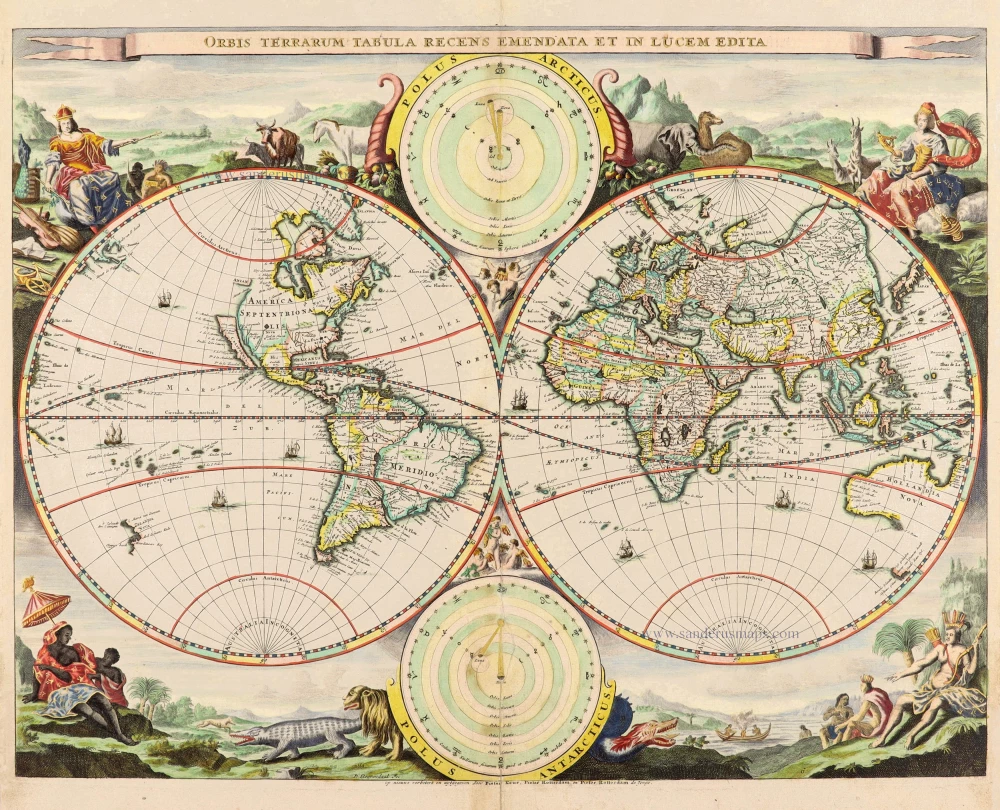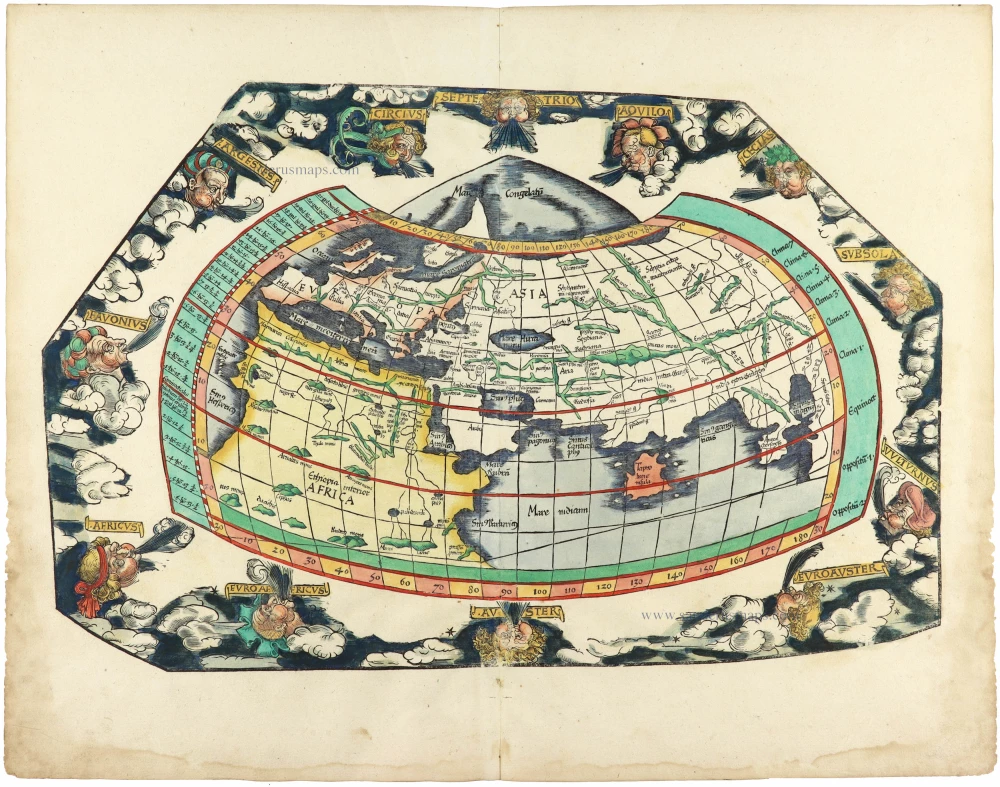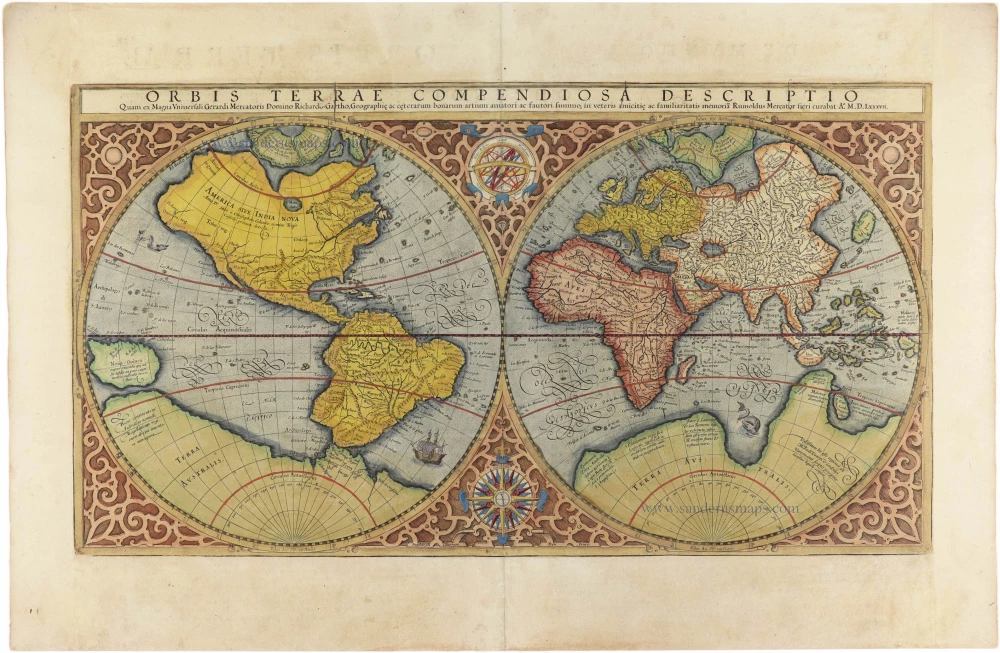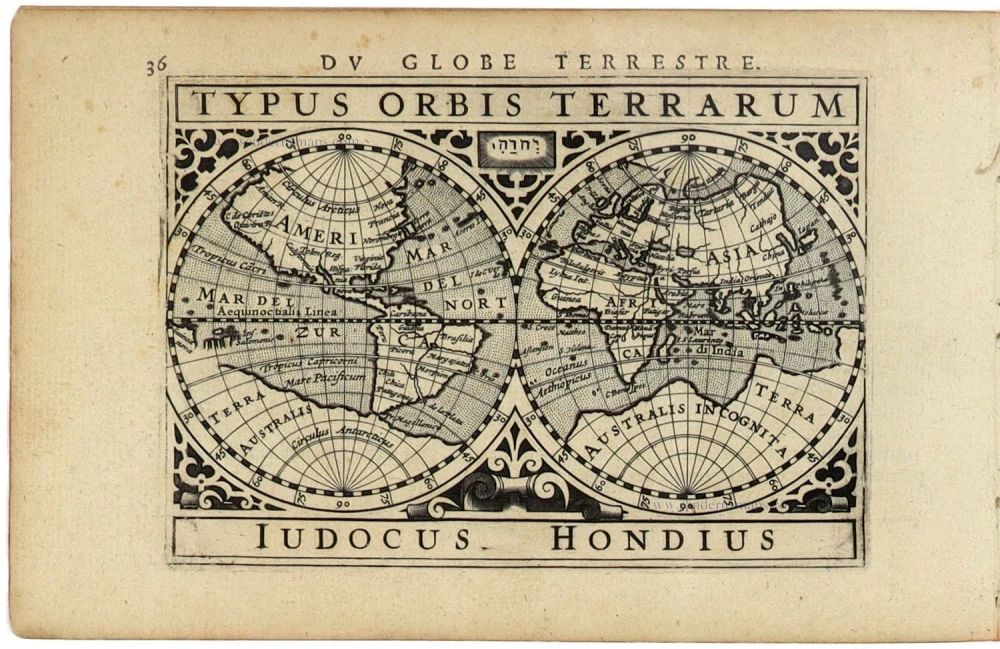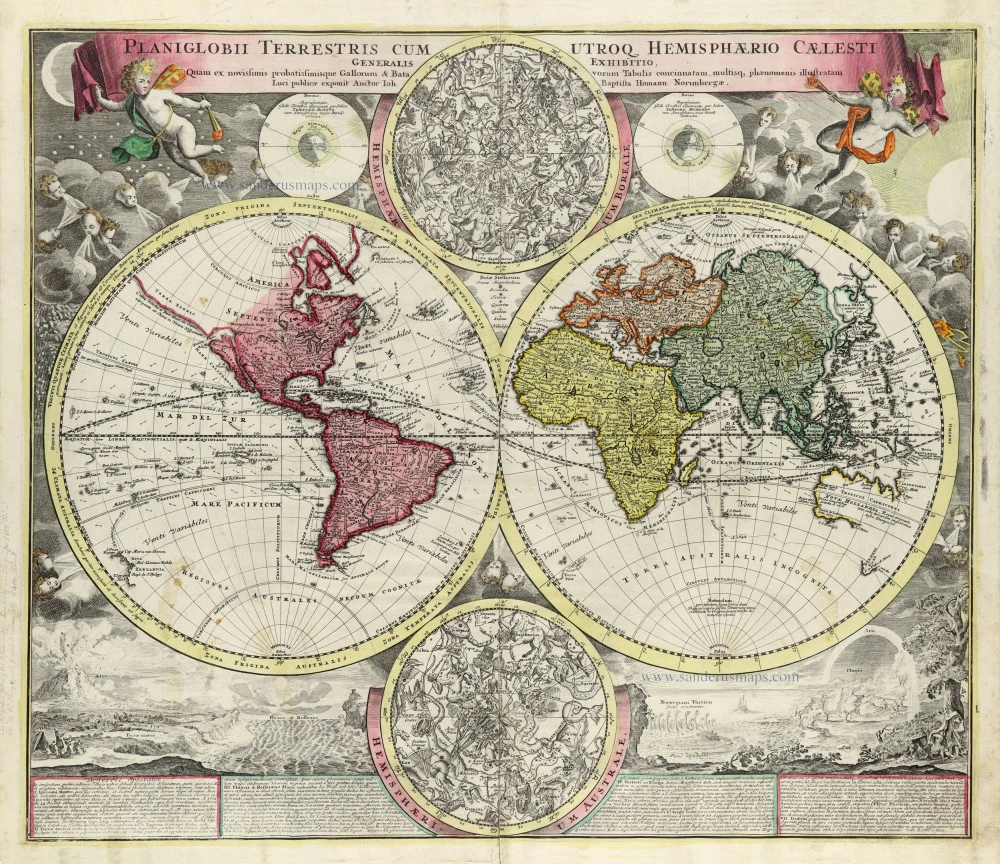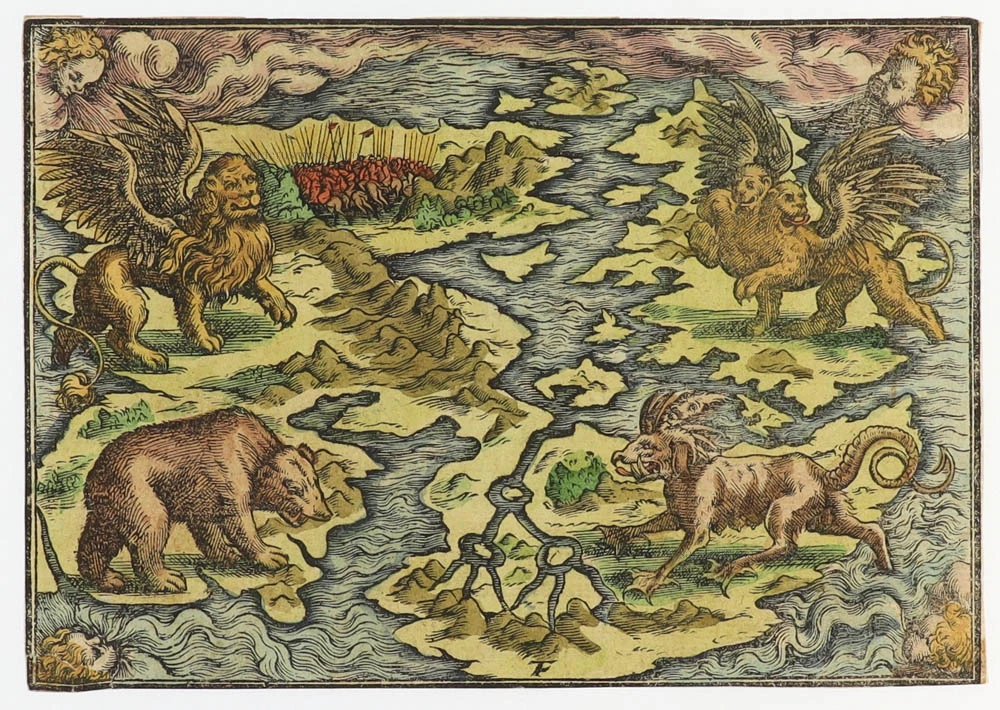World by Pieter Van der Aa, double hemisphere. 1710
World map in two hemispheres with in the corners allegorical representations of the four elements/seasons (spring/air, summer/fire, autumn/earth, and winter/water). At the top centre, an ouroboros - an ancient symbol depicting a serpent or dragon eating his own tail - and at the bottom, a shadow running in front of symbols of power, wealth and arts.
Pieter van der Aa (Leiden, 1659-1733)
Pieter van der Aa was already in 1682 owner of a bookshop and auction house. During his life, he has published an enormous amount of printed material.
After 1700, van der Aa increasingly specialised in books on geography and travel.
He published composite atlases, a series of geographical descriptions of European countries, and some very spectacular works. Between 1706 and 1708 he published the Naauweurige versameling der gedenkwaardigste zee- en land-reysen, in 28 volumes.
Many of Van der Aa’s publications are richly illustrated with maps and plates. He took over many copperplates and prints from other publishers such as Carel Allard and Frederik De Wit. The composite atlases that appeared from his workshop contain a curious mixture of his own material, copies of maps from other publishers, and reprints made from old copper plates, now with his own imprint.
The Galérie agréable du monde, was completed in 1729, and comprised 66 parts, bound in 27 volumes. Van der Aa presented it as a good investment; after publication, the antiquarian value of the work would double, the more so since it was printed in a limited edition of only one hundred copies.
Nouvelle Mappe-Monde,
Item Number: 29136 Authenticity Guarantee
Category: Antique maps > World and Polar
Old, antique world map in two hemispheres, by Pieter Van der Aa.
Title: Nouvelle Mappe-Monde,
recemment mise en lumiere par Pierre van der Aa.
Engraver: Romein de Hooghe.
Date of the first edition: 1710.
Date of this map: 1710.
Copper engraving, printed on paper.
Map size: 260 x 345mm (10.24 x 13.58 inches).
Sheet size: 380 x 470mm (14.96 x 18.5 inches).
Verso: Blank.
Condition: Original coloured, excellent.
Condition Rating: A+.
From: Les Indes Orientales et Occidentales, et autres lieux; Représentés en très-belles Figures, qui montrent au naturel les Peuples, Moeurs, Religions, Fêtes, Sacrifices, Mosquées, Idoles, Richesse, Ceremonies, Festins, Tribunaux, Supplices et Esclavages, ... etc. Par le Sr. Romein de Hooge. A Leide, Chez Pierre Vander Aa, Marchand Libraire. [1710]. (Koeman I, p. 9, Aa3) RARE.
World map in two hemispheres with in the corners allegorical representations of the four elements/seasons (spring/air, summer/fire, autumn/earth, and winter/water). At the top centre, an ouroboros - an ancient symbol depicting a serpent or dragon eating his own tail - and at the bottom, a shadow running in front of symbols of power, wealth and arts.
Pieter van der Aa (Leiden, 1659-1733)
Pieter van der Aa was already in 1682 owner of a bookshop and auction house. During his life, he has published an enormous amount of printed material.
After 1700, van der Aa increasingly specialised in books on geography and travel.
He published composite atlases, a series of geographical descriptions of European countries, and some very spectacular works. Between 1706 and 1708 he published the Naauweurige versameling der gedenkwaardigste zee- en land-reysen, in 28 volumes.
Many of Van der Aa’s publications are richly illustrated with maps and plates. He took over many copperplates and prints from other publishers such as Carel Allard and Frederik De Wit. The composite atlases that appeared from his workshop contain a curious mixture of his own material, copies of maps from other publishers, and reprints made from old copper plates, now with his own imprint.
The Galérie agréable du monde, was completed in 1729, and comprised 66 parts, bound in 27 volumes. Van der Aa presented it as a good investment; after publication, the antiquarian value of the work would double, the more so since it was printed in a limited edition of only one hundred copies.

